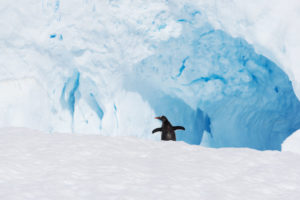by E. Forte et al., Apr 11, 2025 in Nature (OPEN ACCESS)
Abstract
The Antarctic landscape is one of the most stable environments on the Earth, at least since approximately 14 million years ago when most glaciers in continental Antarctica changed from temperate to cold-based, and previous extensive fluvial activity disappeared. Here, we detected a large landscape change on a coastal glacier in continental Antarctica (Boulder Clay Glacier) that occurred in the Medieval Warm Period. Such change consists in a glacial unconformity marked by a continuous sediment layer and an erosion channel on the past glacier surface. This channel, more than 4 kilometers long, represents a local deepening of a glacial unconformity that cuts the underlying glacial strata and was clearly imaged and mapped by Ground Penetrating Radar data. Four boreholes were allowed to calibrate the sediment layer so identified because it was observed in all boreholes at depths between 1.85 and 3.07 m. Moreover, the occurrence at a depth of 11.11 meters of mosses suitable for the dating through radiocarbon dating provided the age of 1050 calibrated years before the present, implying that the erosion event occurred during the Medieval Warm Period between 900 and 989 before the present.
…






